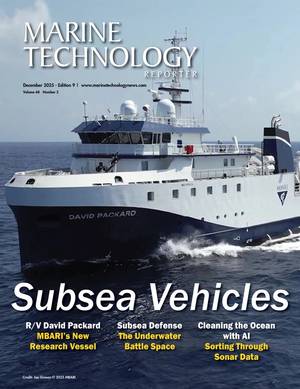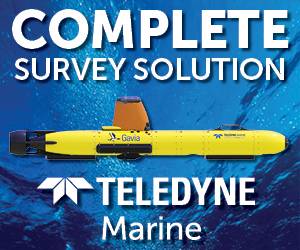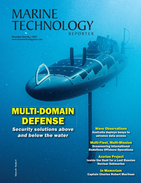Robosys Automation Aims to Streamline Offshore Wind Environmental Data Collection
Robosys Automation is leading Project ORACLES, a venture which it says will transform the environmental consenting process for offshore wind farms.
Currently the data collection process for environmental monitoring at proposed offshore wind sites is labor-intensive, with separate providers handling various aspects such as bird monitoring and sea conditions. Data is collected manually and analyzed after it reaches shore, significantly slowing down the decision-making process.
Project ORACLES will address this by leveraging advanced marine robotics, advanced autonomous systems, and other digital ocean technologies, a move expected to help the industry meet the UK’s target of 60GW of offshore wind capacity by 2030.
The project consortium includes ACUAOcean, MSEIS, Plymouth Marine Laboratories, and the Offshore Renewable Energy Catapult.
Funding for Project ORACLES was secured through the UK Research and Innovation Innovate UK Launchpad program, in line with the UK Government’s Levelling Up plan.
The project’s 14-month research phase will advance the use of clean maritime solutions, including ACUA’s Unmanned Survey Vessel (USV), which will be equipped with a range of environmental sensors (eDNA, ADCP, acoustics) to collect comprehensive, real-time data on marine life, water quality, and environmental changes.
The PROJECT ORACLES consortium will develop the dynamic positioning system, a BVLOS (beyond visual line of sight) winch profiling system for water column data collection, and it will then integrate multiple sensors delivering a novel and highly effective output, together with automated ballasting.
Robosys Automation will additionally deliver a new capability to operate multiple USVs being operated from a single remote operations center.
ACUA’s Pioneer USV has the endurance and power required for the demands of offshore data collection and meets the Maritime and Coastguard Agency's Workboat Code 3 for operating beyond port and closed water environments in the UK.
Through these technological advancements, Project ORACLES will enable the launch and recovery of multiple environmental sensor payloads which will facilitate comprehensive and cohesive datasets, improving the accuracy and efficiency of environmental assessments. Sensors such as eDNA, ADCP, and acoustics will allow for continuous monitoring of marine life, water quality, and environmental changes from one vessel.
The project’s proposed outcomes will enable deployment of significant payloads, support USVs operating in higher sea states and across extended operating periods, and reduce capital, environmental and operational costs.
The innovations involved reduce the need for multiple crewed survey missions and significantly decreases CO2 emissions and environmental disturbances compared to traditional crewed vessels.
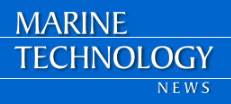
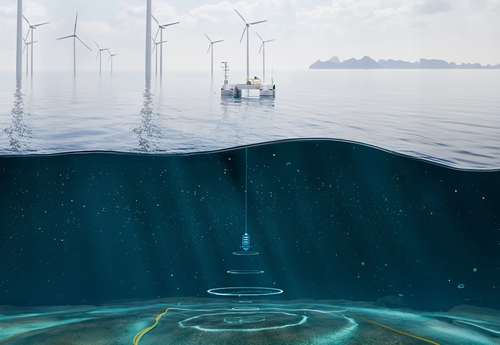
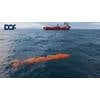
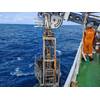
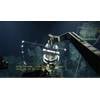
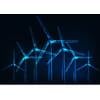








 December 2025
December 2025
